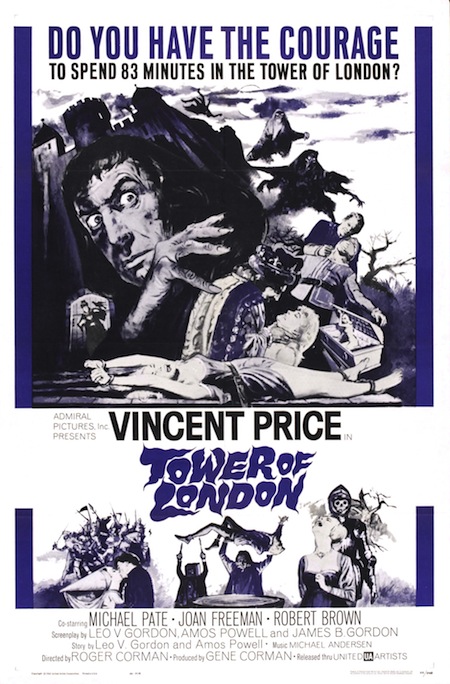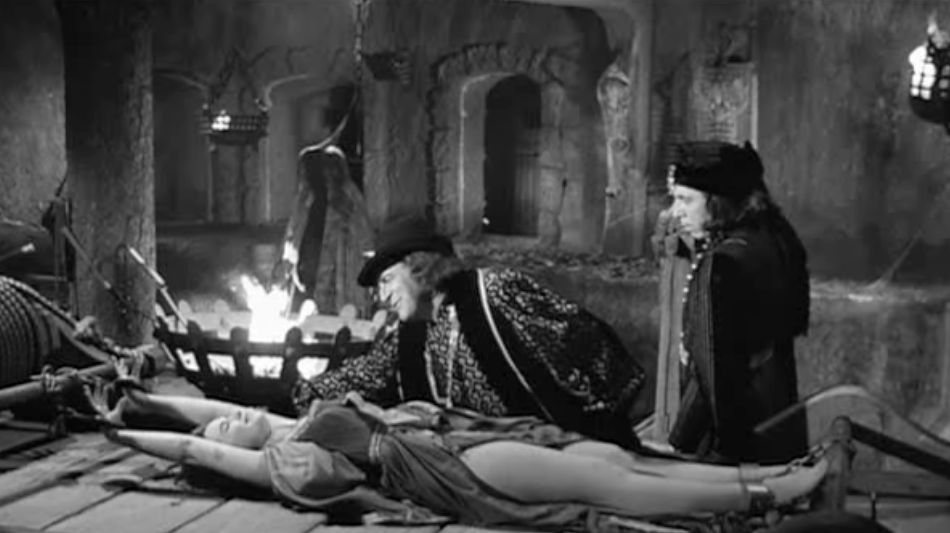 Richard The Third as portrayed by Aneurin Barnard in the TV adaptation of Philippa Gregory’s The Cousins’ War trilogy, The White Queen, is far from the misshapen figure of the Shakespearean archetype,
Richard The Third as portrayed by Aneurin Barnard in the TV adaptation of Philippa Gregory’s The Cousins’ War trilogy, The White Queen, is far from the misshapen figure of the Shakespearean archetype,
Cheated of feature by dissembling nature,
Deformed, unfinish’d, sent before my time
Into this breathing world, scarce half made up,
And that so lamely and unfashionable
That dogs bark at me as I halt by them;
rather, he seems a pleasant and serious young man, mild mannered and probably studious, unfortunately thrown into difficult circumstances by fate, in response to which some of his choices were, perhaps, poorly made, but we can all easily forgive him for that. In looks he is far from the figure
…not shaped for sportive tricks,
Nor made to court an amorous looking-glass;
Sir Laurence Olivier’s portrayal of Richard, in the 1955 film he directed, is the definitive Shakespearean version, a slit eyed, snaky, slimy creep. Manipulative, nasty, bitter, jealous, evil.
Ian McKellan’s version in Richard Loncraine’s audacious 1995 version, portraying Richard III in the trappings of a Britishly elegant 1930s Fascism, adds a measure of charm. McKellan’s Richard is a glorious scoundrel, an engaging sociopath, his villainy imbued with wicked humour, indulging in misdeeds purely for the joy of it.
Perhaps the most unpalatable Richard is Vincent Price’s scenery chewing villain in Roger Corman’s 1962 B grade historical horror flick, The Tower Of London. Price’s Richard Of Gloucester is hunched of back and twisted of limb, malformed, grim, smirking, sadistic and mad of eye. He even wears a single black glove over his withered hand. Fearful, grasping, greedy, ambitious and power mad, he is the very definition of villainy.
Based on Shakespeare’s Richard III, with elements of MacBeth and perhaps a little Hamlet thrown in, and with lashings of schlock, the narrator at the opening sums things up succinctly.
The Tower Of London, a monument to the corruption of the soul where in the shadowed past a man gained the throne of England despite the insane ambition that drove him to evil and murder. He escaped the headsman’s block but could not escape the ghosts of his conscience.
Despite the fairground House Of Horrors kind of tagline Do you have the courage to spend 83 minutes in the Tower Of London?, this is the least scary film ever made. It is more pantomime than tragedy. It makes even less bones about historical truth than Shakespeare, beginning with Edward IV on his death bed, awarding the position of Lord Protector over the young Edward V to George Duke of Clarence rather than his other brother Richard Duke of Gloucester. Richard immediately lures George into a wine cellar, stabs him in the back with a dagger, and dumps his body in a vat of wine. From here things become less accurate, and yet both more ludicrous and compelling. When the body is discovered, Richard, all innocence blames the Queen and her family. His evidence; the dagger is engraved with the Woodville crest. Richard’s wife Anne, Lady MacBeth-like, is encouraging him in his misdeeds. Later he is soliloquizing over the evil men do and his misshapeness, when the ghost of Clarence appears, prophesying Richard’s death at a place called Bosworth, by the hand of no living man. Richard is afrighted but defiant. Edward IV dies at the same moment, and Richard immediately starts scheming and plotting, ably assisted by Michael Pate as Sir Richard Ratcliffe.
Richard – now Lord Protector, and Ratcliffe, put it to Mistress Shore, one of the Queen’s attendants, that the Queen has admitted the young princes are illegitimate. When she refuses to support their false statements, she is dragged off to the torture chamber, and her shapely and leggy form is stretched out on the rack and tortured, with Richard and Ratcliffe gloating over sadistically, while the gruesome faced torturer tightens the rack. Mistress Shore dies, and when the Queen asks where she is, Richard has it that Mistress Shore was executed for spreading rumours that the princes are illegitimate, and that they should be taken from the Queen and be placed under his protection.
Richard is now haunted by the ghosts of Clarence, Edward IV and Mistress Shore, who warn him that they will have their revenge at Bosworth. The ghost of Mistress Shore then taunts an increasingly deranged Richard, when Anne walks into the room, Richard is deceived into strangling her. His beloved wife now dead, Richard is fearful, lonely and distraught and consults Tyrus a Moorish Physician and Sorcerer, who shows him visions of his future – that he will indeed be king.
Disturbed by Richard’s demeanor, Tyrus reports to the young, handsome, Sir Justin, protector of the young Princes, beau of the Princess Margaret. Sir Justin attempts to get the Queen, the Princess and the Princes to safety. Yes, there are secret doors, cobwebbed tunnels and creaking portcullises. From here things become even more ludicrous. After ghosts, racks and Moorish wizards, you may wonder how, but in case you can’t resist watching, on some rainy Sunday afternoon, I won’t spoil the rest for you. I will only add that the smirking and tremulous Richard, cowering at shadows and tormented by spectral laughter conducts a Satanic summoning with his Moorish wizard in order to dispel the evil that haunts him. And at Bosworth, haunted by all those he has murdered, damned King Richard meets a most unusual end, an end reminiscent of that of a much more noble king. An end that references a tradition that curiously, could imply, that Richard could rise again.


